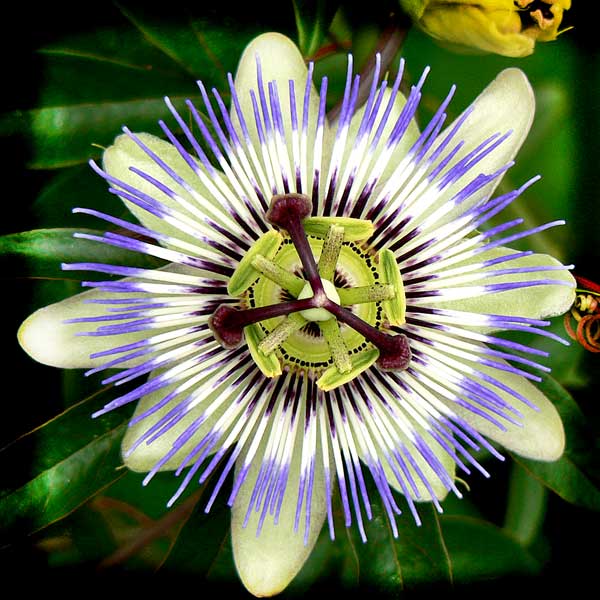You may be familiar with castor oil for its long-standing reputation within the beauty industry as the secret weapon for maintaining luscious hair and providing deep moisture and protection for the skin. However, you likely aren’t as familiar with this precious oil’s fascinating history and countless additional applications. Along with being an effective humectant for scalp and hair, castor oil has been utilized throughout history in everything from cosmetics to leather tanning. Interestingly enough, castor oil has in recent years even been considered as a desirable substitute for petroleum resources used in the fuel production industry!
History of Castor Oil
The earliest findings of castor oil were discovered in ancient Egyptian tombs that date back to 4,000 B.C., and the first evidence of castor oil cultivation took place around 500 B.C. throughout central Egypt. There are multiple mentions of castor oil in the Ebers Papyrus, which was written around 1550 B.C. and is one of the world’s oldest known medical documents that offers hundreds of folk remedies and herbal medicinal formulas. Castor oil has also been prevalent throughout the history of Traditional Chinese Medicine and Ayurvedic medicine for its versatile array of applications.
What is Castor Oil?
Castor oil is derived from “castor beans” which contrary to its name, come from the seeds of Ricinus communis, a perennial flowering plant native to East Africa, India, and the Mediterranean Basin. This species is also associated with the infamously known poison, ricin, which is a naturally occurring toxic compound found in castor seeds. The good news is that castor oil does not contain ricin, as ricin does not separate into the oil during the extraction process. Castor oil is made by expeller pressing the seeds which results in a precious oil containing ricinoleic acid, a highly beneficial monounsaturated fatty acid that protects and moisturizes the delicate skin barrier. Think of ricinoleic acid as the much friendlier sibling of ricin, the not-so-friendly sibling counterpart of the castor seed family. Turns out, plants can have familial baggage too!
Topical Uses of Castor Oil
Noncomedogenic in nature and packed full of antioxidants, castor oil offers powerful nourishment for mature skin, addresses occasional blemishes, soothes irritated skin, and deeply penetrates dry skin. With the endless versatility of castor oil, this multi-purpose castor oil salve is a favorable choice for those looking for an all-in-one product with more uses than you could count on your fingers and toes.
Multi-Purpose Castor Oil Salve Recipe
Makes 5 ounces.Ingredients
- 1 oz. beeswax pastilles (about 1/4 cup) *see Pro-Tips for vegan alternative
- 2 oz. organic castor oil
- 2 oz. organic grapeseed oil or carrier oil of choice
- 10-15 drops organic tea tree essential oil or essential oil of choice (optional)
Directions
- Add beeswax pastilles in double boiler insert. Gently warm over low heat until beeswax is fully melted.
- Pour castor oil and grapeseed oil or carrier oil of choice into double boiler. This will partially re-solidify the mixture. Keep on heat and stir until remelted.
- Remove from heat and add tea tree essential oil and/or essential oil(s) of choice. Stir well to combine.
- Quickly pour warm mixture into push top tins or glass jars and allow to cool completely.
- Store in cool, dark place and use within six months.
Pro tips
- Carnauba wax is a great vegan alternative to beeswax. Keep in mind that carnauba wax is firmer than beeswax and has a higher melting point (180-185 degrees Fahrenheit). Generally speaking, half the amount of called for beeswax is needed when using carnauba wax.
- I love to upcycle empty small glass jars for my DIY salve receptacles! Ensure the glass jar and lid are thoroughly cleaned prior to use.
Considerations
*Some people do have a sensitivity to castor oil. We recommend performing a test patch prior to applying castor oil for the first time. Castor oil is intended for topical use only.
WANT TO LEARN MORE WAYS TO SHINE INSIDE OUT WITH CASTOR OIL?
Check Out Our Hot Oil Treatment for Hair Recipe!
You may also be interested in:
DIY Bronzing Facial Serum Recipe
How to Make a Basic Calendula Salve + Lip Balm
Cranberry Seed Oil for Sensitive Skin Care













